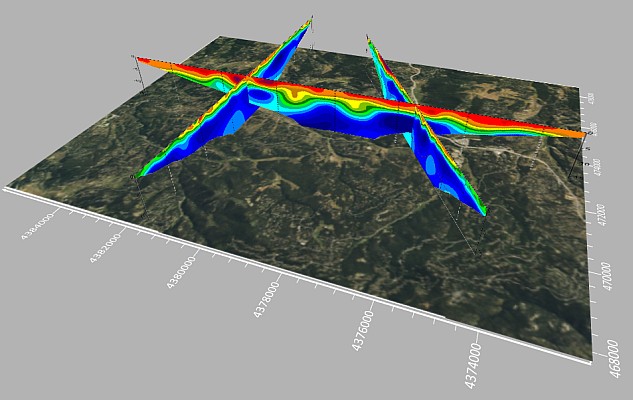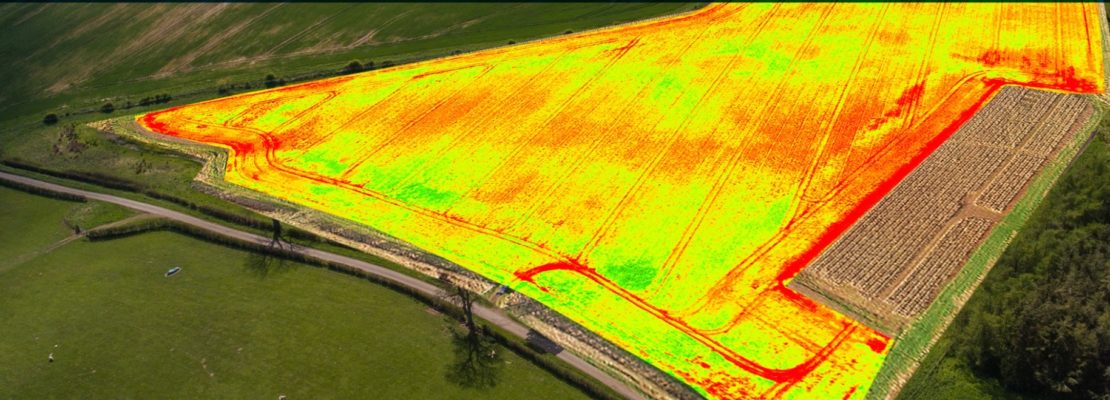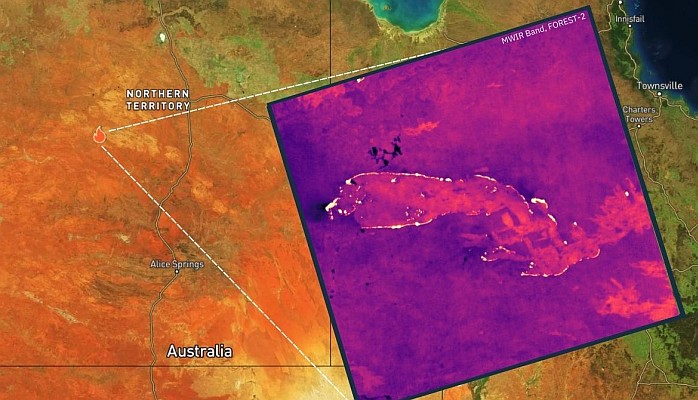The oldest human occupation area of the Amazon forest, known as the Belém Endemism Center, holds only 23% of its forest cover intact. This number is the result of a research released in the beginning of november.
This mapping is the most detailed scientific study ever conducted in the area and illustrates the several forest categories in the region, showing the situation of their explotation. In order to reach such refinement in the data, specialists relied on satellite images and a considerable number of research trips to the sites.
The team involved in the project analyzed a Landsat TM5 16-satellite-image mosaic, processed over 2003 and 2004. The conclusions were validated through considerable field research, in which scientists covered a large portion of the studied area, roughly the size of the United Kingdom.
According to the data obtained in the study, managed by researchers from the project Biota Pará, an association between Conservation International and the Emílio Goeldi Museum from Pará, of the 33% remaining forest areas found, 23% correspond to intact areas and 10% to exploited ones.
The Belém Endemism Center, which stands between the states of Pará and Maranhão and where most of the endangered species of Pará are, is the most devastated area of the Brazilian Amazon.
The mapping also showed that only 1.4% of the deforested areas presented reforestation initiatives, actions that could revert the devastation process in the region.
For more information:
Conservation International in Brasil: www.conservation.org.br
Emílio Goeldi Museum of Pará: www.museu-goeldi.br






